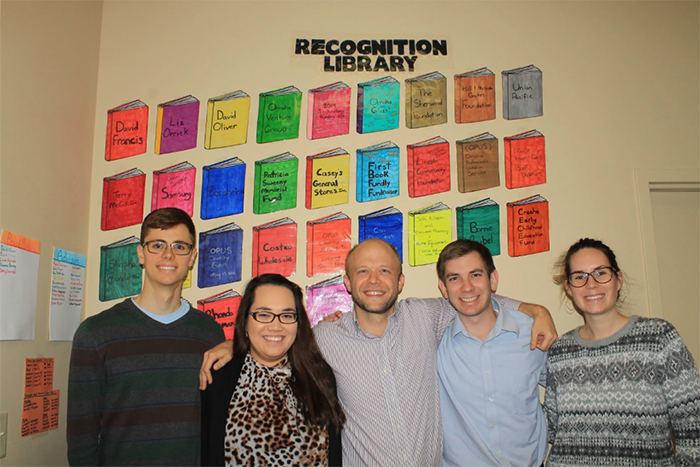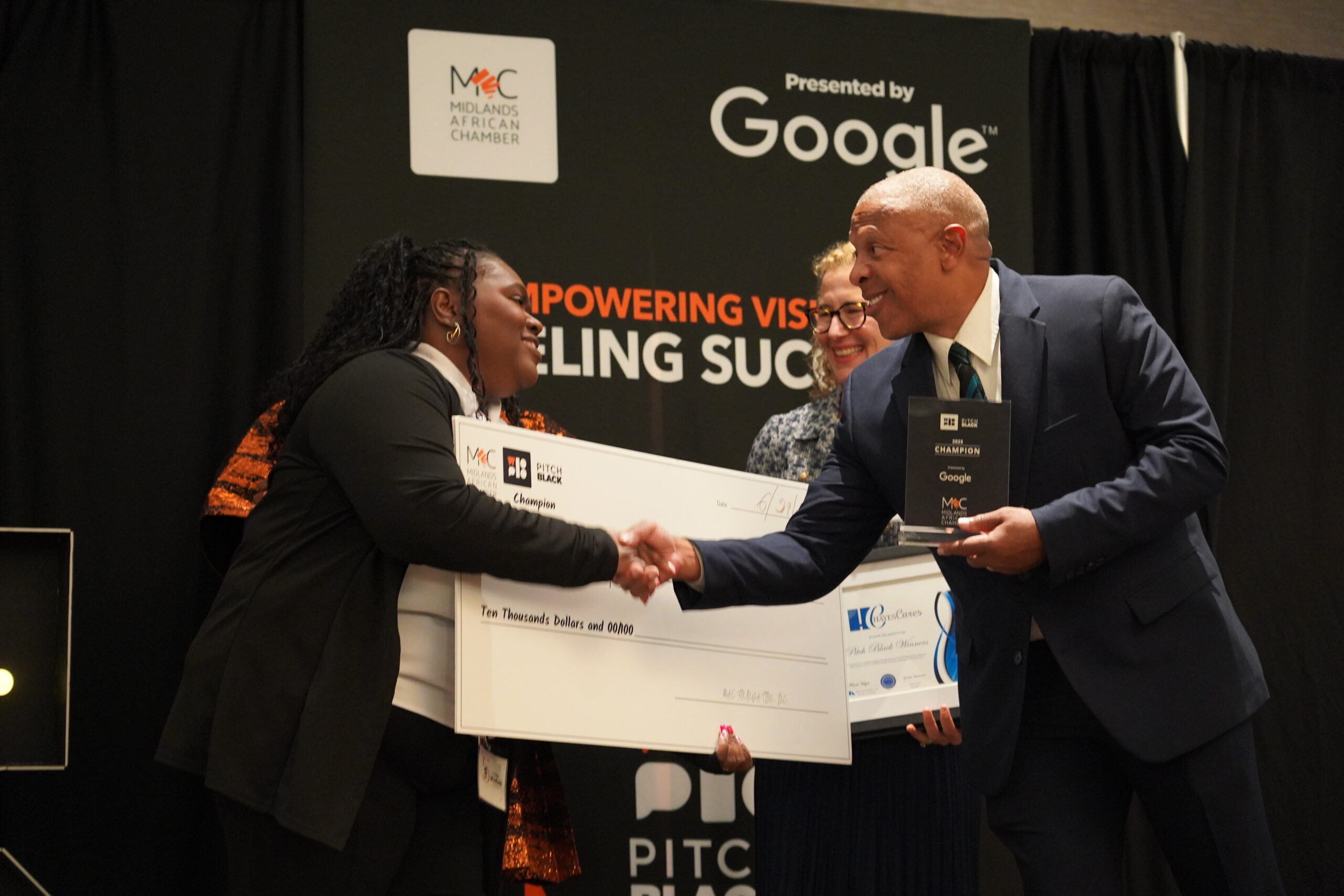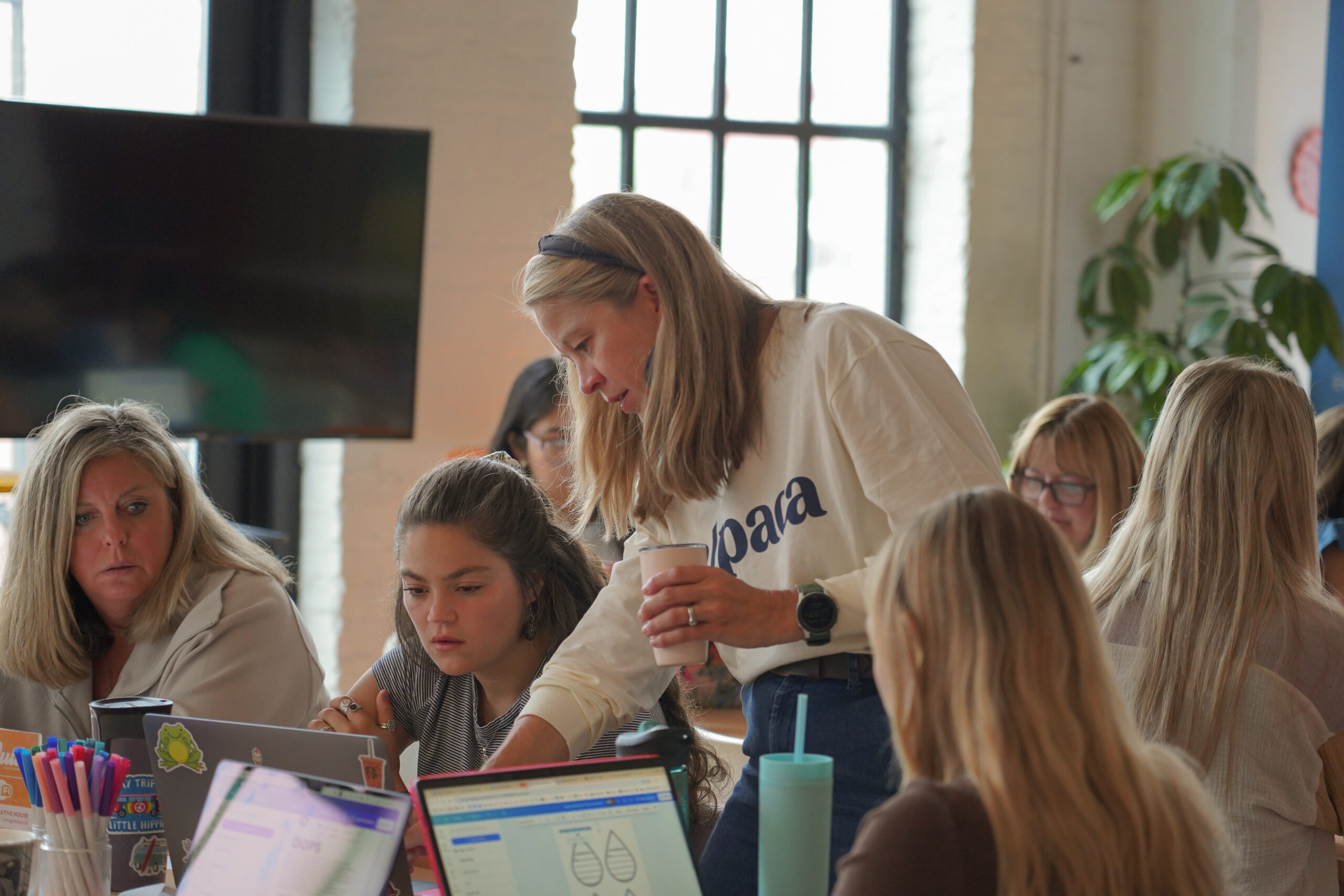
Six years ago, David Orrick, Founder and Executive Director of DIBS, was a first grade teacher for Teach For America in New Orleans. He found himself very frustrated with the way teachers were being supported, especially when it came to improving youth literacy.
“Considering 60 percent of students in poverty don’t have any age-appropriate books to read at home, I knew how important parent involvement and reading were, but I wasn’t supported enough to take that on directly,” said Orrick. “The mentality was that we just needed to work harder as teachers, which I didn’t think was the best solution.”
Working with teachers to provide a better solution
Omaha-based DIBS is a nonprofit startup dedicated to providing more independent reading opportunities to elementary students in low-income schools. With DIBS, local elementary classrooms are provided with a platform that catalogs all the classroom’s books, generates unique QR codes for each book, and allows students to lead the checking in and out process. DIBS also rotates classroom libraries every four to six weeks, giving students access to many more books than what is usually possible on a teacher’s budget.
Orrick explained that since DIBS can easily be made part of a classroom’s routine, it makes the process more accessible and empowering for young students. He added that the technology behind DIBS was designed especially for teachers working in high-poverty schools.
“DIBS makes routine reading easier for young students because it generates an independent reading level for each book,” said Orrick. “The platform also allows busy teachers to send home books to students without worrying about documenting every transaction themselves.”
DIBS assigns a level to each book from A to Z based on an independent reading scale backed by a database of over 30,000 book titles. Orrick explained that since the books are leveled, it allows students to pick a book that they can read without help from a parent.
Lastly, the platform also features unique dashboards for each student, so teachers know which students may need more attention when it comes to independent reading. Orrick added that the DIBS team is working to incorporate another element to the dashboard, which would allow the technology to follow up with the students about which books they enjoyed reading.
“The new addition would allow the platform to generate other titles the student may be interested in based on their previous reading experiences,” said Orrick. “It could also be a great tool that would show schools what books their students are interested in reading, so they have more direction when they are fundraising or buying books for the library and individual classrooms.”
Knowing when to scale
The DIBS team currently serves two high-poverty schools in the Omaha area, and works with over 450 families. Orrick said that one of the biggest lessons the team has learned since the nonprofit’s founding has been knowing when to scale.
“Initially, a lot of people were interested in helping us expand the program,” said Orrick. “We had to walk away a few times, in the beginning, to make sure we were building it the right way. We didn’t want it to be another thing that over promised and under delivered for teachers.”
Over 135,000 books later, Orrick said that because the team has worked so hard to constantly reiterate the program, they are now able to see how it can successfully scale nationally.
“If OPS (Omaha Public Schools) becomes the first large urban district to support the routine of at-home reading among its highest poverty schools, we believe that the types of literacy gains and student achievement would be comparable, if not greater than, all of the other educational reform approaches that are currently out there,” said Orrick.
Orrick added that the addition of new technology to the classroom, like DIBS, will help show that teachers need more support in ways that are not currently provided. He explained that there are many book programs similar to DIBS, but they lack the wrap around support for teachers that DIBS is able to provide by focusing on a city-wide scale rather than a national one.
Securing additional funding
Recently, DIBS secured funding that will help the program expand to three additional schools in the Omaha area within the next 18 months.
“Once we have that additional experience with the other schools, we really think that we’ll be able to expand this idea even further to the 44 Omaha public elementary schools that have poverty rates over 70 percent,” said Orrick.
Orrick said that in the next five years, depending on the community philanthropic support, the team hopes to be the first community that can ensure every student at participating schools has access to a book to take home every night.
What’s next for DIBS
The DIBS team believes that their technology could also benefit other schools within the Omaha metropolitan area. Orrick explained that the team hopes to get other suburban schools to subscribe to the technology, so that DIBS can turn that revenue into more opportunities for DIBS to help additional schools that need the technology most.
The team is also looking forward to potentially launching an app version of their platform, which would allow teachers to input any book into the DIBS database at any time.
“The app would allow a teacher to scan the barcodes of their books, which would input them into our system, allowing a teacher to generate a QR code label for any book in their classroom,” said Orrick.
If you’re interested in helping DIBS grow, Orrick said that the team is constantly looking to speak with educators, principals and librarians who are interested in learning more and seeing how DIBS could work in their school. To get connected with the team visit their contact page here.




